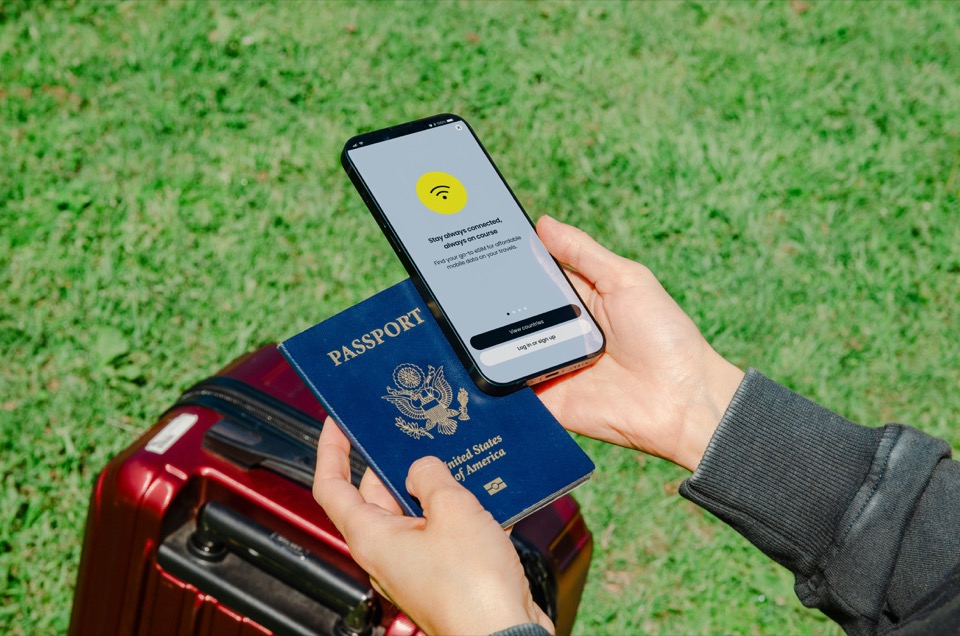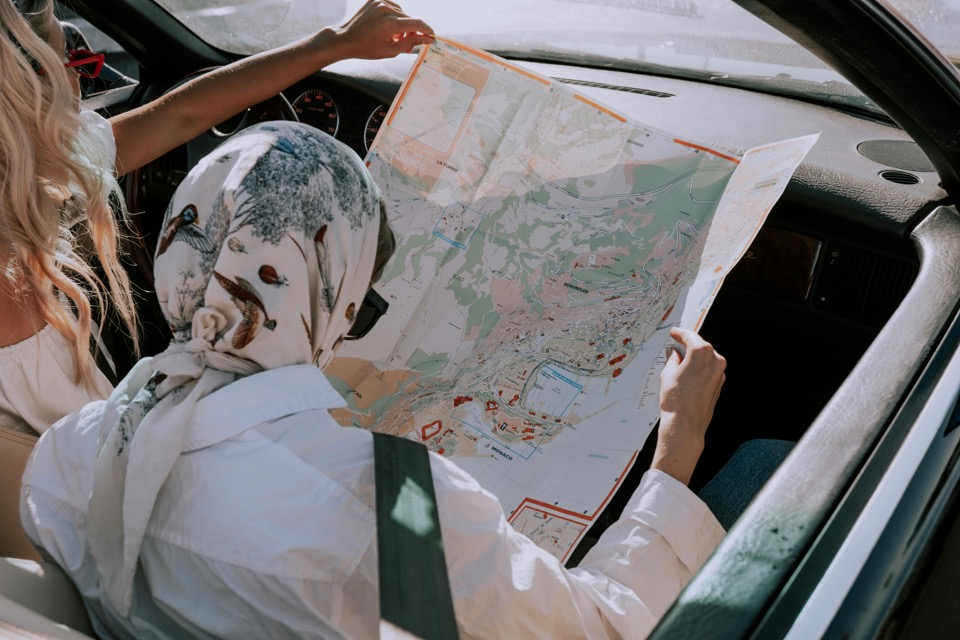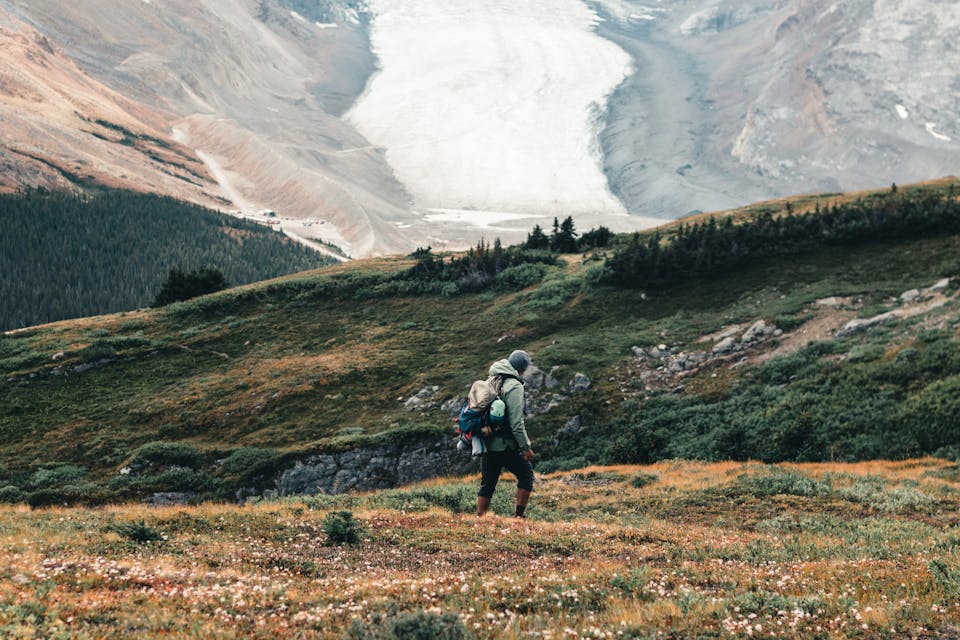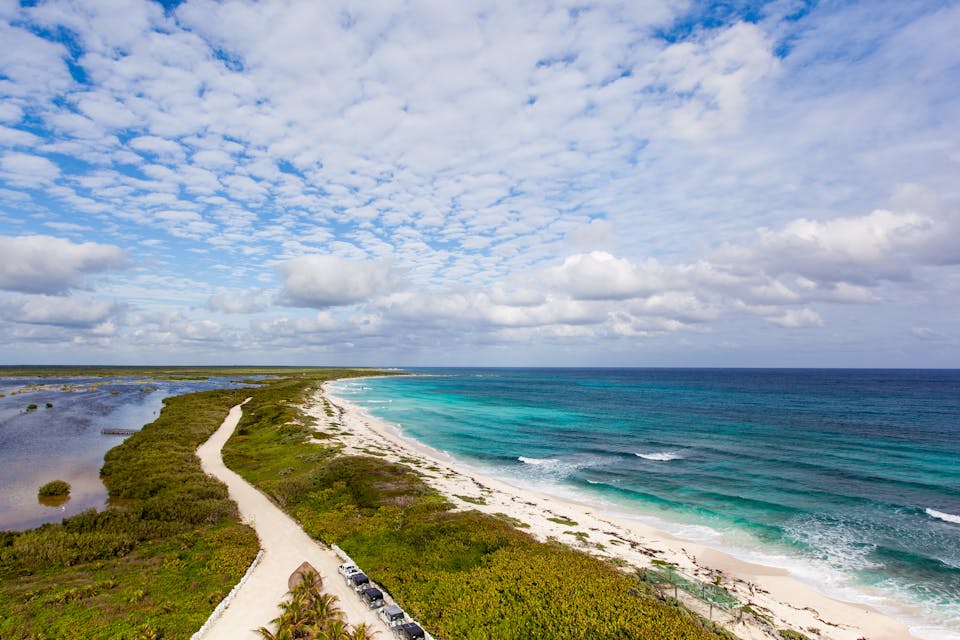In a world wired for constant connection, choosing to disconnect might seem radical—but it’s also deeply rewarding. Blackout travel is the intentional act of visiting places with little to no internet access. These trips prioritize mindfulness, presence, and peace over scrolls and screens.
For many, it’s not just a vacation—it’s a necessary reset. Whether you’re a burnt-out professional, a screen-tired parent, or just someone craving real-world experiences, digital detox travel offers a fresh way to explore the world and yourself. Let’s take a look at why this travel trend is rising, how to do it right, and where you can go to truly unplug.
Why Digital Detox Travel Matters

We live in a hyper-connected era. The average person spends nearly 7 hours a day on screens, and vacation is no exception. It’s common to spend more time capturing the moment than living it. Notifications, emails, news alerts, and social media can turn even the most beautiful destination into just another background.
Enter digital detox travel—an antidote to burnout and anxiety. Studies show unplugging improves sleep, reduces stress, boosts creativity, and strengthens real-life relationships. It invites us to slow down, be present, and rediscover joy in simplicity.
How to Prepare for Blackout Travel

Before you head off-grid, a little planning goes a long way. Tell your people. Let loved ones or colleagues know you’ll be offline. Share your travel details in advance. Leave an emergency contact. If you’re staying somewhere remote, make sure someone knows how to reach you through the host or lodge. Pack analog tools.
Think paper maps, printed reservations, physical books, and a good old-fashioned journal. Set boundaries with yourself. Power down your devices or leave them behind altogether. Temptation is real. Blackout travel doesn’t have to mean zero tech. It means intentional tech use—prioritizing connection with nature, self, and others over digital distractions.
7 Breathtaking Destinations for True Digital Detox

Lake Clark National Park, Alaska, USA — Remote, vast, and accessible only by plane, this untouched stretch of wilderness is a haven for wildlife and wanderers. No cell service, no internet—just glaciers, volcanoes, and total silence. Why go? Disconnect from civilization while connecting deeply with nature. Ideal for hiking, bear watching, and soul-searching.
The Faroe Islands, Denmark — With their foggy cliffs, quaint villages, and windswept coastlines, the Faroe Islands feel like a fairytale. Coverage is spotty at best once you leave the towns. Why go? The isolation is magical. Ideal for photography, birdwatching, and reflective solo travel.
Siddhartha’s Intent Retreats, Bhutan — Bhutan limits internet use intentionally, especially at meditation retreats. Join a digital-free retreat in the Himalayas and immerse yourself in silence and mindfulness. Why go? Mindfulness isn’t a side effect here—it’s the main event. Experience inner peace, not just outer beauty.
The Scottish Highlands, UK — Roaming hills, mysterious lochs, and ancient stone circles await. Many areas have limited or no signal—perfect for a week of walking and wonder. Why go? Unhurried villages and quiet countryside help shift your internal pace. Ideal for reflection and healing.

Sian Ka’an Biosphere Reserve, Mexico — A UNESCO World Heritage site with limited infrastructure, this ecotourism paradise offers natural beauty without the buzz. Why go? Explore mangroves, snorkel reef systems, and stay in solar-powered huts. Nature replaces the internet.
Tasmania’s Southwest Wilderness, Australia — Only reachable by boat, bush plane, or several days of trekking, this is one of the most remote places in the Southern Hemisphere. Why go? Feel the thrill of being totally off-grid and let go of expectations and schedules.
Sky Cave Retreats, Oregon, USA — These earth-embedded solo cabins are designed for deep introspection. No internet, no contact—just you, nature, and your thoughts. Why go? People come here for 3 to 40-day silent retreats. Life-changing isn’t an overstatement.
Honorable Mentions: Poustinia Retreats (Ukraine/Canada) – Small huts for solitary reflection with no WiFi or electricity. The Out Islands of the Bahamas – Secluded and serene with minimal connectivity. Japanese Ryokan Inns – Traditional guesthouses where tech takes a backseat to simplicity.
The Emotional Journey of Disconnection

At first, unplugging might bring up anxiety or discomfort. You’ll instinctively reach for your phone. You might feel disconnected, not just from tech, but from the fast-paced world you left behind. Then comes stillness. You’ll notice more. Think more. Dream more. Hear things—wind in trees, your own breath, laughter without a screen between you and the moment. Blackout travel is less about escape and more about return—to presence, to quiet, to yourself.
Tips for a Successful Digital Detox Vacation
Start short. Try a weekend trip before committing to a week-long retreat. Go with someone who shares your intention. It’s easier when you’re not alone in unplugging. Do something analog. Write postcards. Sketch. Go for walks. Meditate. Read by candlelight. Savor boredom. It’s fertile ground for ideas, clarity, and creativity.
Is Blackout Travel for You?

If you’ve ever felt more tired after scrolling than before, needed a vacation from your vacation, or missed moments because you were capturing them for Instagram, then yes, blackout travel is for you. It’s not about abandoning tech forever. It’s about reclaiming balance. About choosing where your attention goes and learning to be fully where your feet are.
Reconnect by Disconnecting
There’s no shame in loving tech—but there’s power in learning when to step away. Blackout travel isn’t about isolation—it’s about intentional presence. In a world full of noise, silence is a gift. No WiFi required.


